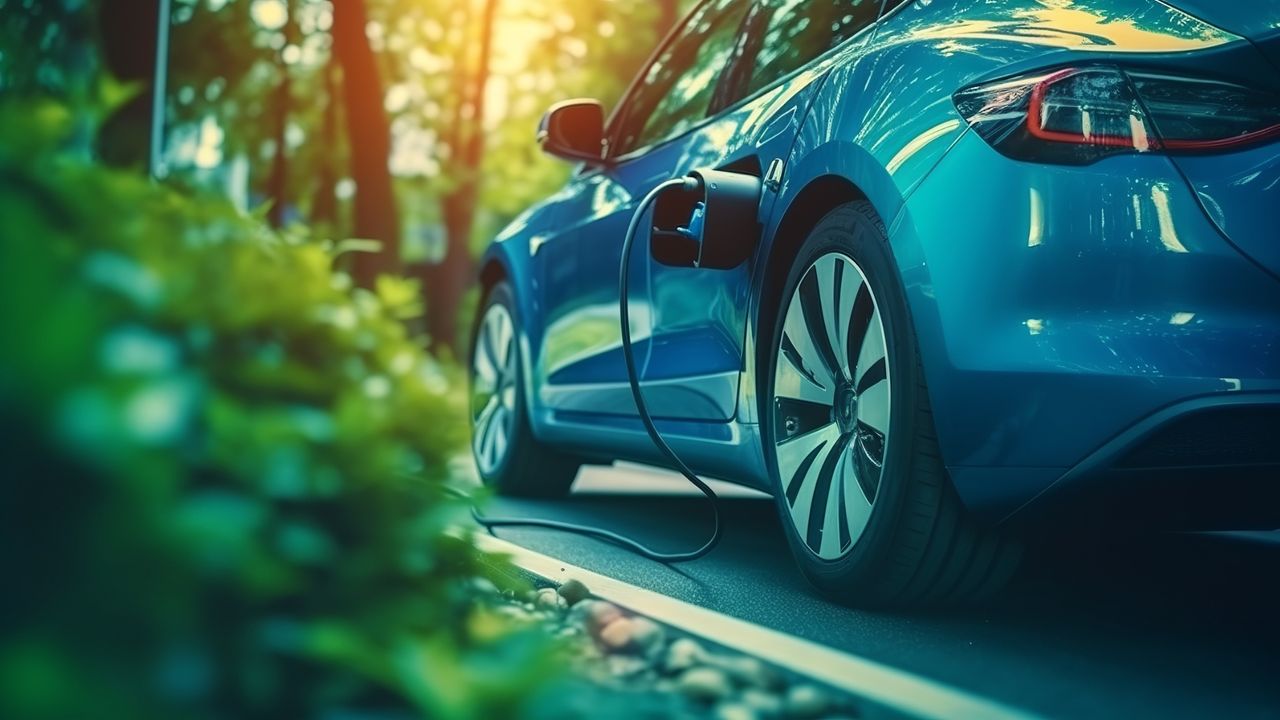The Concept of Vehicle-to-Grid (V2G) Technology: Balancing Peak Demand and Enhancing Grid Stability
In recent years, the increasing adoption of electric vehicles (EVs) has sparked interest in exploring innovative ways to utilize their capabilities beyond transportation. One such concept is vehicle-to-grid (V2G) technology, which enables EVs to not only consume electricity but also provide power back to the grid when needed. This technology holds immense potential in addressing peak demand, grid balancing, and demand response challenges, ultimately paving the way for a more sustainable and efficient energy system.
Understanding Peak Demand
Peak demand refers to the period when electricity consumption reaches its highest point within a given timeframe. This typically occurs during specific hours of the day when the demand for electricity is at its peak due to various factors such as extreme weather conditions, industrial activities, and increased household energy usage. Meeting this peak demand is crucial for grid operators to ensure a reliable and stable supply of electricity to consumers.
Traditionally, grid operators have relied on conventional power plants to meet peak demand. These power plants, often fueled by fossil fuels, are designed to generate electricity at a rapid rate to meet the sudden surge in demand. However, this approach is not only environmentally unsustainable but also costly and inefficient.
The Role of V2G Technology in Grid Balancing
V2G technology offers a promising solution to the challenges posed by peak demand. By allowing EVs to discharge electricity back to the grid during peak demand periods, V2G technology effectively transforms EVs into mobile energy storage units. This means that instead of relying solely on conventional power plants, grid operators can tap into the collective energy stored in EVs to meet the increased demand.
When EVs are connected to the grid through V2G technology, they can supply electricity during peak demand hours, reducing the strain on the grid and minimizing the need for additional power generation from conventional sources. This not only helps balance the grid but also promotes the integration of renewable energy sources, as excess energy generated from renewable sources can be stored in EVs and utilized during peak demand periods.
Enabling Demand Response
Another significant advantage of V2G technology is its ability to facilitate demand response programs. Demand response refers to the practice of adjusting electricity consumption in response to grid conditions or price signals. By participating in demand response programs, EV owners can contribute to grid stability by reducing their electricity consumption during peak demand periods or increasing it when renewable energy generation is high.
V2G technology enables seamless integration of EVs into demand response programs. Through smart charging and discharging algorithms, EVs can be intelligently managed to optimize their contribution to grid stability. For example, during periods of excess electricity supply, EVs can be charged at a faster rate, while during peak demand, they can discharge electricity to support the grid.
In Conclusion
Vehicle-to-grid (V2G) technology offers a transformative solution to the challenges of peak demand, grid balancing, and demand response. By harnessing the collective energy stored in EVs, V2G technology enables grid operators to meet peak demand without relying solely on conventional power plants. This not only reduces the environmental impact of electricity generation but also promotes the integration of renewable energy sources. Furthermore, V2G technology facilitates demand response programs, allowing EV owners to actively contribute to grid stability. As the adoption of EVs continues to rise, the implementation of V2G technology holds immense potential in shaping a more sustainable and efficient energy future.
